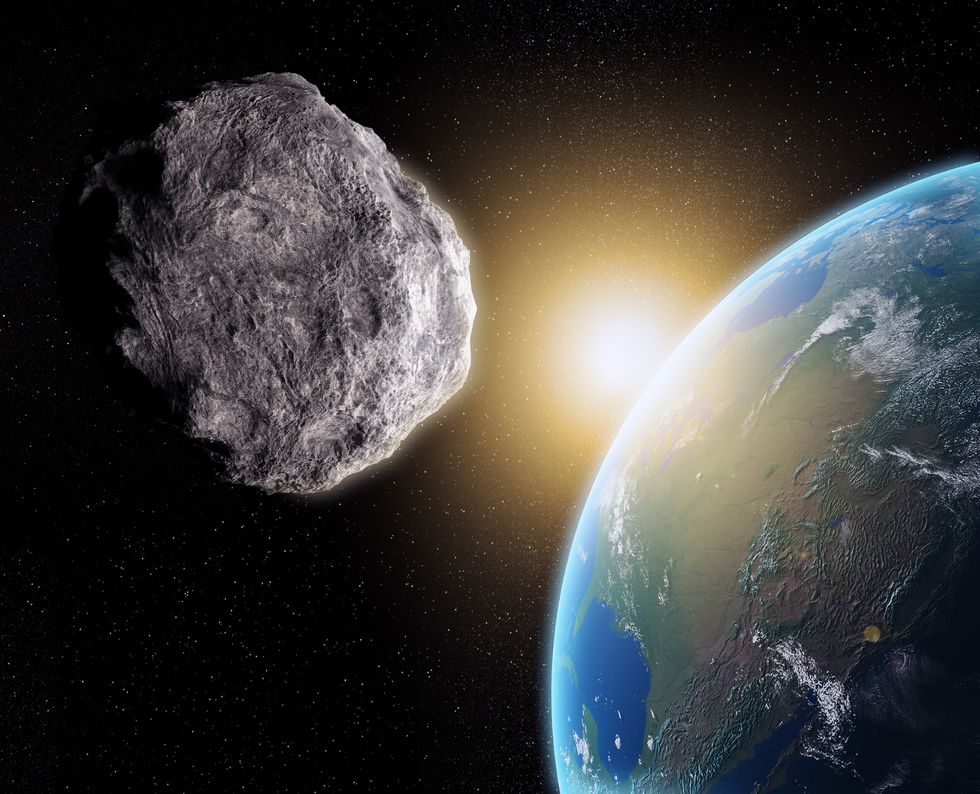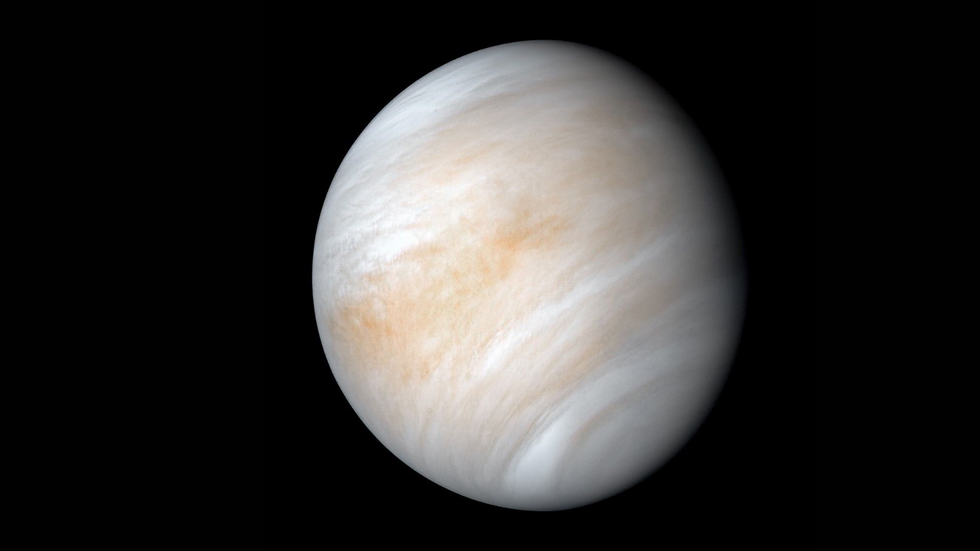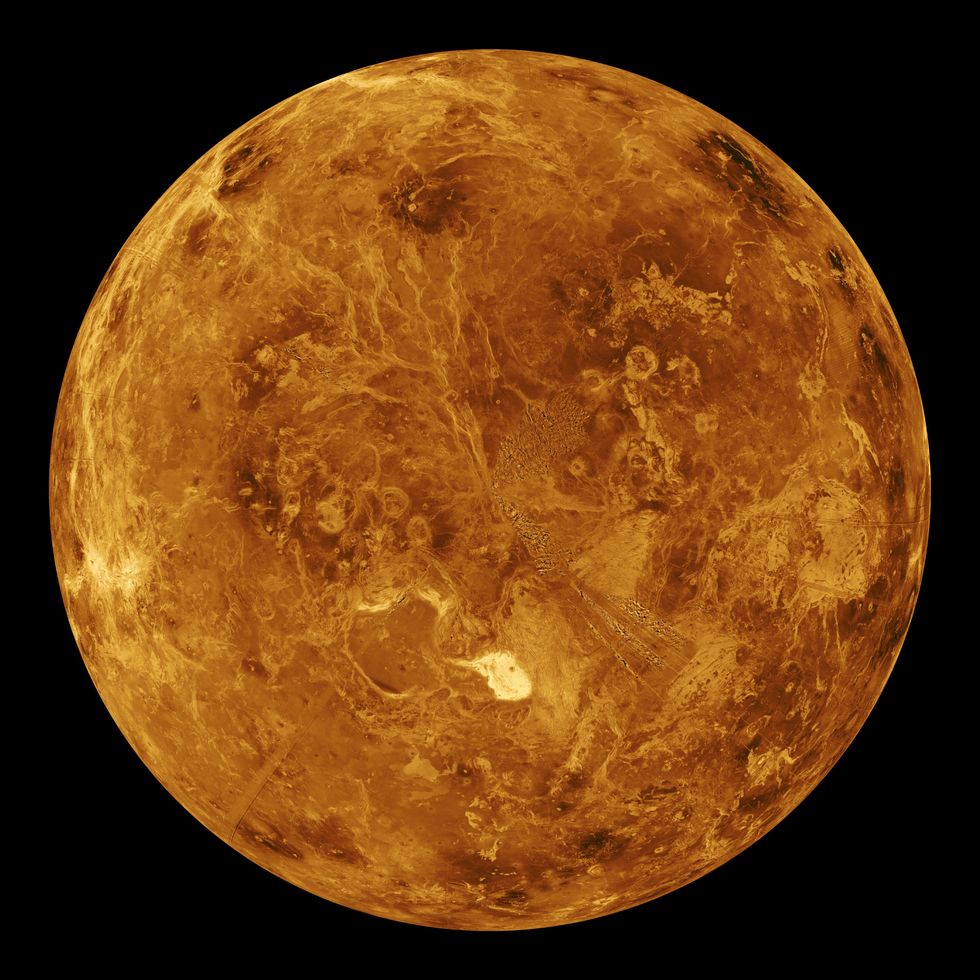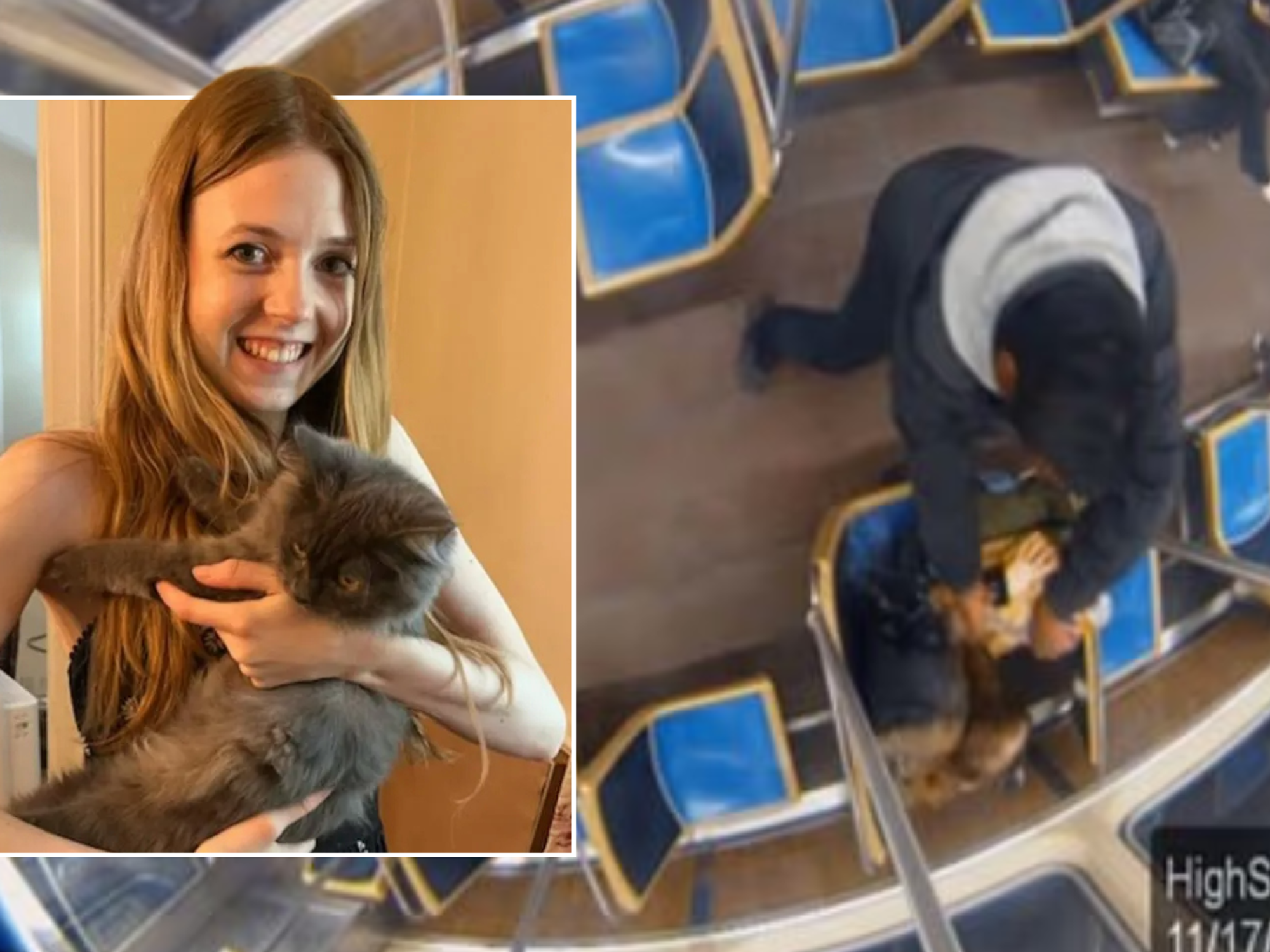Swarm of stealth 'city killer' asteroids poses 'invisible threat' as simulations show collision course with Earth

A leading scientist warned 'we should not underestimate their potential danger'
Don't Miss
Most Read
Latest
Scientists have discovered that hidden "city killer" asteroids orbiting alongside Venus could pose an "invisible threat" to Earth over the coming millennia, according to new research.
These space rocks, known as co-orbital asteroids, are obscured by the sun's glare and could potentially be pulled towards Earth during close planetary approaches.
Whilst researchers emphasise there is no immediate danger, they warn that improved monitoring systems are crucial to track these potentially hazardous objects.
Computer simulations suggest some of these hidden asteroids, each wider than 140 metres, could threaten Earth within a 36,000-year period if they remain undetected.
Co-orbital asteroids are space rocks that orbit the sun alongside a planet without truly orbiting the larger object.
Twenty such asteroids are currently known around Venus, ranging from Trojan asteroids fixed in the planet's orbital plane to a closely circling quasimoon called Zoozve.
All these Venusian space rocks likely originated from the main asteroid belt between Mars and Jupiter.
Each measures wider than 140 metres, classifying them as "city killers" capable of devastating heavily populated areas upon impact.
LATEST DEVELOPMENTS:

A swarm of asteroids orbiting Venus could be on a collision course with Earth....eventually
| GETTYVenus approaches within 40 million kilometres of Earth at its nearest point, making it one of our closest planetary neighbours.
Researchers from São Paulo State University conducted computer simulations to assess whether hidden asteroids with lower eccentricities could threaten Earth.
The study, uploaded to the preprint server arXiv on 21 May, modelled how these space rocks might behave over three co-orbital cycles spanning 36,000 years.
"None of the current co-orbital objects will impact Earth soon," study lead author Valerio Carruba told Live Science, dismissing recent tabloid claims of imminent collisions "within weeks".

Venus does not have any natural moons but it does have a quasi-satellite named Zoozve, which shares Venus's orbit
He expressed disappointment at sensationalist reporting, noting "our work has been cited with some liberties".
Carruba emphasised the importance of monitoring these objects: "We hope that this attention could raise interest in a very exciting class of asteroids, which should be more carefully monitored."
The researchers highlighted the recent discovery of asteroid 2024 YR4, initially predicted to have a 2.3 per cent chance of Earth collision in 2032 before odds were downgraded to zero.
New observational tools like Chile's Vera C. Rubin Observatory, capturing first light later this year, will improve scientists' ability to spot dangerous space rocks including Venus's co-orbitals.

The northern hemisphere is displayed in this global view of the surface of Venus. The north pole is at the center of the image
GETTY
Researchers suggest sending a telescope to Venus's orbit could specifically hunt for these objects.
"I believe that we should not underestimate their potential danger, but I would not lose sleep over this issue," Carruba said.
"Soon, our understanding of this population will improve."










